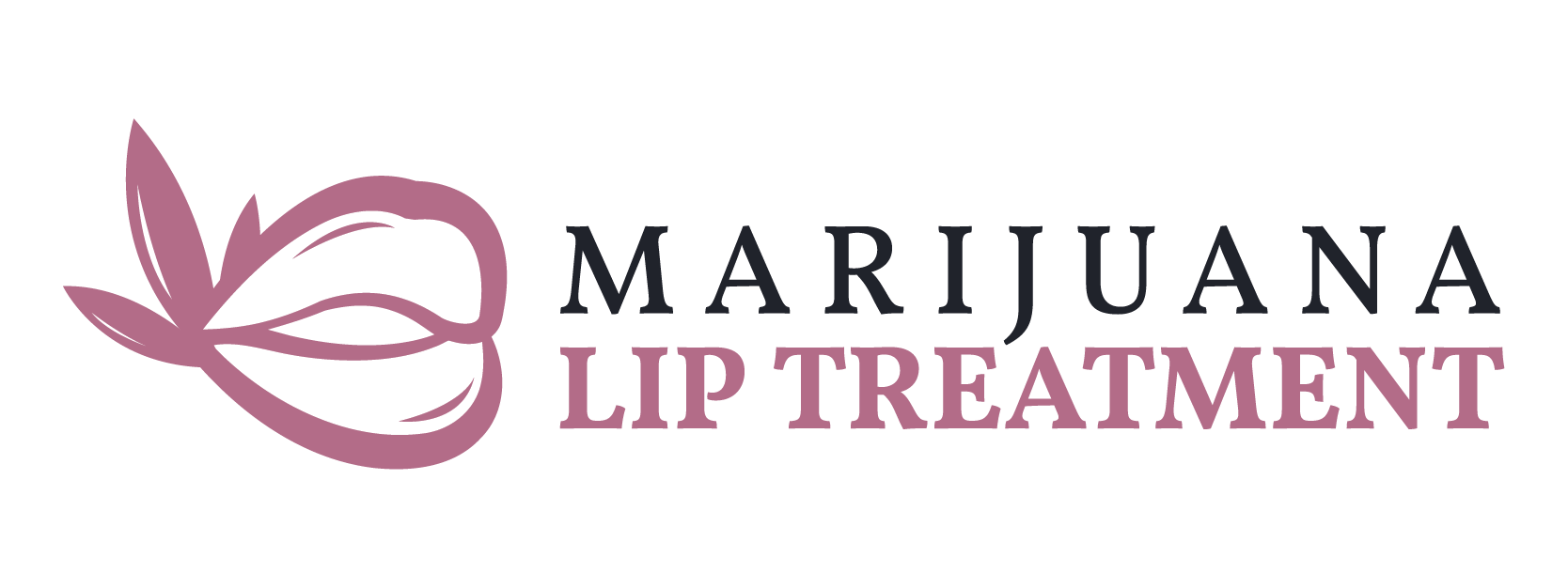When it comes to marijuana lip treatments, the amount of THC inside depends heavily on whether the product is hemp-derived or cannabis-derived and where it’s sold. For shoppers, it’s important to understand that “how much is allowed” isn’t universal—it changes from federal to state level.
Most hemp-based lip balms found in mainstream retail settings are made to meet the federal hemp definition—that is, no more than 0.3% delta-9 THC by dry weight as defined by the 2018 Farm Bill. This limit separates federally legal hemp products from marijuana. In reality, most trusted hemp lip balms contain trace or non-detectable THC and come with a Certificate of Analysis (COA) verifying compliance and ingredient accuracy.
Cannabis-derived lip balms, on the other hand, are subject to state cannabis regulations. In states like California, cannabis topicals must go through certified testing and follow strict labeling and THC caps. California’s Department of Cannabis Control sets a maximum of 1,000 mg THC per package for adult-use topicals and up to 2,000 mg THC for those labeled for medical use. These limits are based on product category, not necessarily on the area applied, which means a cannabis lip treatment sold in a dispensary is tested and dosed just like other topicals.
Lip balms fall into a gray area of regulation—they’re applied to the skin but can be partially ingested when the user licks their lips. Regulators such as California define topicals as products applied to skin and not intended for ingestion, so cannabis brands must label and test accordingly. Depending on state definitions, some agencies could interpret lip balms as topicals, while others may apply stricter ingestible product rules.
The rise of delta-8 THC and other intoxicating hemp cannabinoids adds more confusion. While the federal 0.3% limit applies only to delta-9 THC, many states now restrict or outright ban intoxicating hemp derivatives. Consumers should be cautious with any lip treatment advertising delta-8 or delta-10, as legality varies widely by state and continues to evolve.
From a federal standpoint, the FDA does not currently approve THC or CBD as cosmetic ingredients, though hemp-derived compounds can appear in cosmetics as long as they are not misbranded or adulterated. Each state can impose additional labeling or testing requirements; for instance, Florida maintains detailed hemp cosmetic regulations that dictate ingredient disclosure, labeling, and marketing practices.
What Consumers Should Know
- Hemp lip balms (retail market): Contain less than 0.3% delta-9 THC or none detectable, verified by a COA.
- Cannabis-infused lip balms (dispensary): Must adhere to state caps, often 1,000 mg THC per package, with full lab testing and compliant packaging.
- Delta-8 or similar hemp products: May be illegal in some states even if they meet federal THC definitions.
Final Thought
The amount of THC in a marijuana lip balm ultimately comes down to testing and transparency. Legitimate products—whether hemp or cannabis—should clearly list THC content and provide access to lab results. For consumers, checking the COA, verifying the label, and knowing local rules ensures a safer and smarter purchase.
